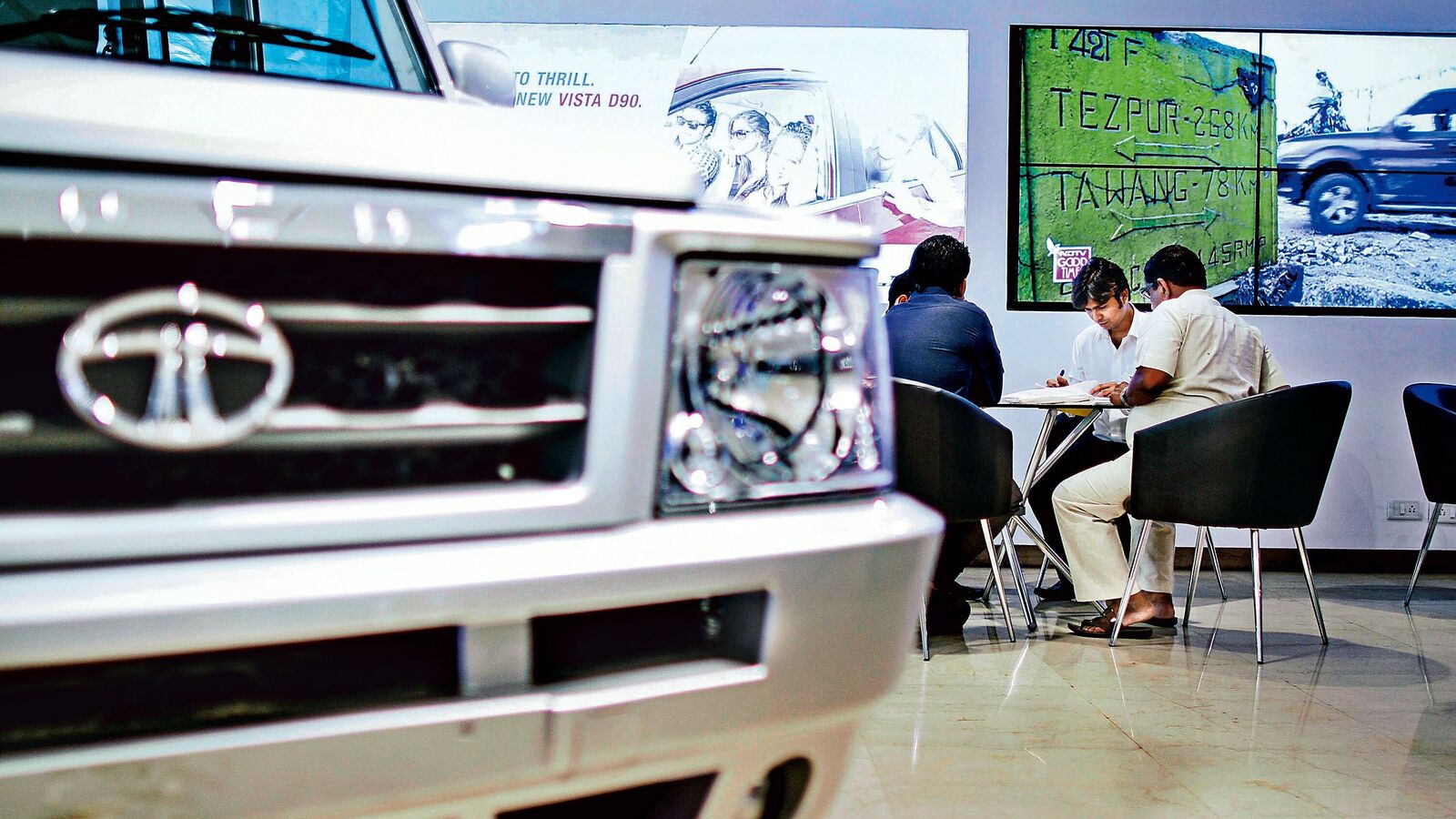Tata Motors recently updated its stakeholders, revealing that it sold a total of 72,753 vehicles worldwide in April 2025, marking a 6% decline compared to 77,521 units during the same month last year. This drop in sales is particularly notable when compared to the previous month, where the company moved 90,500 units in March 2025. The downturn is attributed to reduced demand across both the commercial and passenger vehicle sectors, alongside a significant fall in electric vehicle (EV) sales.
Commercial Vehicle Sales Struggles
In April, Tata Motors reported commercial vehicle (CV) sales of 27,221 units, which is an 8% decrease from the 29,538 units sold in April 2024. Notably, domestic CV sales saw a 10% decline, hitting 25,764 units. This downturn was heavily influenced by a 23% drop in the Small Commercial Vehicle (SCV) and pickup categories.
- Heavy Commercial Vehicles (HCV) also faced challenges, experiencing an 8% year-on-year decline.
- On a brighter note, the international segment of the commercial vehicle market showed resilience, with sales increasing by 43% year-over-year, totaling 1,457 units. This uptick suggests a growing demand for exports.
Passenger Vehicle Sales Review
Passenger vehicle sales, which include both traditional and electric models, totaled 45,532 units in April, reflecting a 5% decrease from the same month in the previous year. Domestic sales for passenger vehicles reached 45,199 units, down by 6%, while exports saw a remarkable increase, rising to 333 units from just 100 units a year prior.
Interestingly, electric vehicle sales—both domestic and international—fell by 16%, totaling 5,318 units. However, there was a slight improvement compared to March, where sales stood at 4,710 units. This suggests ongoing challenges in the electric mobility market, which faces intensified competition.
Market Trends and Challenges
Recent trends indicate that Indian passenger vehicle sales have been sluggish, particularly in the small car segment, where demand has been weak. Experts suggest that this stagnation is due to a combination of rising prices and a reduction in the previously high demand following the COVID-19 pandemic.
- Affordability remains a significant barrier for many consumers.
- The ongoing international pressure on India to lower its high import tariffs on automobiles may further complicate the landscape for domestic manufacturers.
As Tata Motors navigates these challenges, the company also announced a price increase for commercial vehicles starting in April, aimed at addressing rising input costs. The evolving automotive market continues to present both obstacles and opportunities for Tata Motors as it strives to adapt to changing consumer demands and global trade dynamics.











